Photography has had a remarkable history ‘ entire study courses have been set up to the research into the history of the photograph, its development and application as well as the history that each photograph brings to life. We live in an image-based world with everything uploaded to Facebook and Instagram that can be passed around the world in mere moments. At the dawn of the photographic age we have the daguerreotype image (named after its inventor Daguerre) the first practical use of the art form and consequently, there are many superb surviving examples from the era.
1. L’Atelier de l’artiste 1837
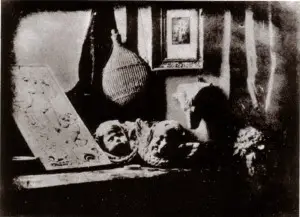
The first of this type of photograph was created by the man after whom the process was invented’ Louis Daguerre. Taken in 1837, the image features what looks like a desk against a table. Upon the table is an object, possibly a bottle with a wicker cover, and a couple of ornaments that have cherubic faces. The window has a curtain and on the wall is a painting. Daguerre set the scene in order to show how clearly his new method could show a range of objects.
2. Boulevard du Temple, Paris 1838
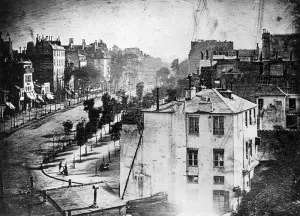
Though this image is of an urban landscape (the above mentioned street in Paris), it was the first photographic image to feature people. The long exposure time meant that the moving traffic did not feature ‘ giving the false impression to the modern viewer that the street was empty. However, the two people in the lower left hand corner must have been deep in conversation because they were stood there long enough to be captured on the image! The building in the foreground is caught in glorious detail and you can make out detail on the trees lining the boulevard too.
3. Abraham Lincoln, 1846
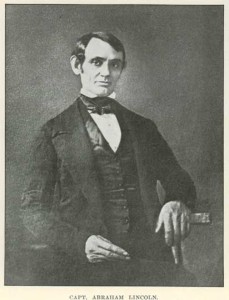
This image shows the President as a beardless young man but most certainly is an image of him. At the time he was a Congressman-elect and it represents not only one of the first portraits of the man, but of anyone. It shows the future President as wearing typically 19th century dress, wearing a cravat against a white undershirt, a waistcoat and single breasted jacket. There are no objects in the image with him except for an unidentifiable prop against which he is leaning.
4. Solar Eclipse 1851
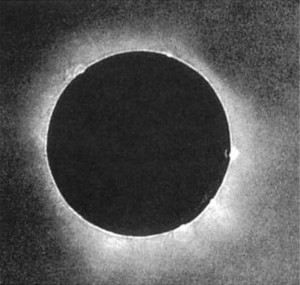
Solar eclipses have delighted and terrified the world over since the dawn of history, stirring up stories and suggestions of portents. Today, we know that it is a peculiar yet natural phenomenon of the Earth’s Moon passing between the Sun and our home planet. This image taken in Prussia in 1852 is the first correctly exposed photograph of a solar eclipse anywhere in the world. Previous popular photography methods proved problematic to capturing the astronomical event but the daguerreotype made the process much easier.
5. Shimazu Nariakira 1857
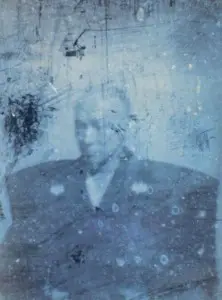
Japan’s industrialisation might have come slightly later than anywhere else, but it was a rapid shift from their form of feudalism to the modern world. This meant that the country that would go on to become famous for producing photographic equipment were keen to get in on the act. Japan’s first photograph may not have been up to the standards that the rest of the developed world might have been used to at that point, but it did mark the arrival of Japan on the world stage. It is a blue-ish image of feudal lord Shimazu Nariakira.
6. Queen Victoria 1845
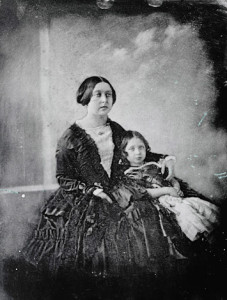
The first known daguerreotype of Queen Victoria is dated to 1845. Looking up and to the left (her left) the Queen is sat with the Princess Royal snuggled up to her; the Queen’s arm is around her daughter. Dressed in a long, flowing black dress that became her trademark (though Prince Albert was still alive at this point) only the daughter seems to display any emotion. The background is rather hazy but the edge of what might be a large window can be seen on the left hand side.
7. Daguerre 1846
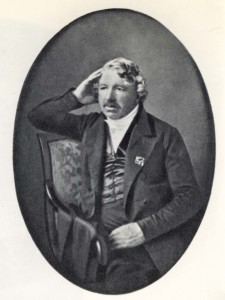
One of the most famous portrait photographs using the daguerreotype method is of the man himself. Taken by John Jabez Edwin Mayall (who took the photograph in London the year before moving to Brighton to set up a studio there) it is a clear image of the inventor sitting on a chair with his right arm up, leaning his head against his hand. His left hand is in his lap, reaching for the arm of the chair. His waistcoat contains amazing detail and you can make out creases on his jacket.
8. San Francisco 1855
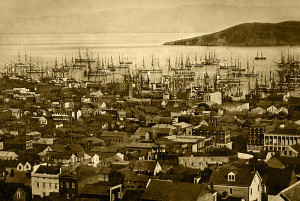
Not a single image but a whole set, the unnamed artist took a series of images of the city in California during the Civil War years. The most impressive image is a panorama facing toward the harbour. In the background you can clearly make out the masts of the tall ships and in the foreground some houses and a warehouse. Other sets from the same series were of the hills, some of the residential area of the city and of Tehama market.
9. John Brown ‘ America’s Abolitionist 1847
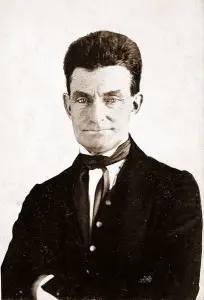
It is said that he embodied the phrase ‘one man’s terrorist is another man’s freedom fighter’ and his militant abolitionist stance led to the American Civil War. His passion can be seen clearly in his face from this image. Looking rather stylised in the background is the Stars and Stripes. In the foreground, the imposing figure of Brown is raising his right hand. Brown was tried and executed for treason against the state of Virginia a few years later.
10. Charles Darwin 1842
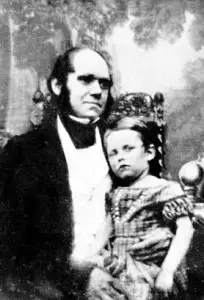
The daguerreotype wasn’t as well received in Britain as it was in France or the USA (despite the patent being filed in London) so there are comparatively few examples of the photograph type across the UK and its then Empire. This rather touching image of the young married man with his first-born son was taken at Down House. The elder Darwin breaks Victorian convention by showing his son affection. William seems not quite sure what to make of the technology!
Conclusion
The daguerreotype takes us back to the industrial revolution and though the method didn’t last before being superseded by a system much quicker and more efficient, it represents the drive to capture images of everyday life that was affordable to most that everybody could use to document history around them. Most countries today have a photographic archive and treasure this type of image in their collections.










Leave a Reply